Your Reliable Partner in Game Console Supply
Competitive Prices · Flexible Terms · Long-Term Growth

Building a video game console is not easy. It takes planning, smart choices, and teamwork to make a device gamers will love.
The process starts with research and design. Companies look at what gamers want and pick the right parts. Then they test the console to make sure it works well before selling it.
If you want to know more about how game consoles are made, keep reading. We will break it down step by step.
What do you need to make a video game console?
Making a game console requires more than just parts. You need a clear plan and the right skills.
To build a game console, you need hardware like chips and screens, software to run games, and a team to design and test everything.
Key Components Needed
To make a game console, you must gather the following parts:
| Component | Purpose | Common Choices |
|---|---|---|
| CPU/GPU | Runs games and graphics | AMD, NVIDIA, or custom chips |
| Memory (RAM) | Stores data while games run | 8GB-16GB for modern consoles |
| Storage | Holds games and system files | SSD for fast loading |
| Cooling System | Keeps the console from overheating | Fans or liquid cooling |
| Power Supply | Provides electricity to the console | Built-in or external power adapters |
The Team You Need
Making a console is not a one-person job. You need experts in different areas:
- Hardware Engineers – They design the console’s physical parts.
- Software Developers – They create the operating system that runs games.
- Game Testers – They check if games work smoothly on the console.
- Marketing Team – They make sure people know about the console.
Budget and Time
Creating a console is expensive. Big companies like Sony and Microsoft spend millions. A small startup needs at least a few hundred thousand dollars. The process usually takes 2-5 years.
How do companies make consoles?
Big companies follow a strict process when making consoles. They don’t rush, because mistakes can cost a lot.
Companies start with research, then design prototypes. After testing, they fix problems before mass production. The final step is quality checks and shipping.
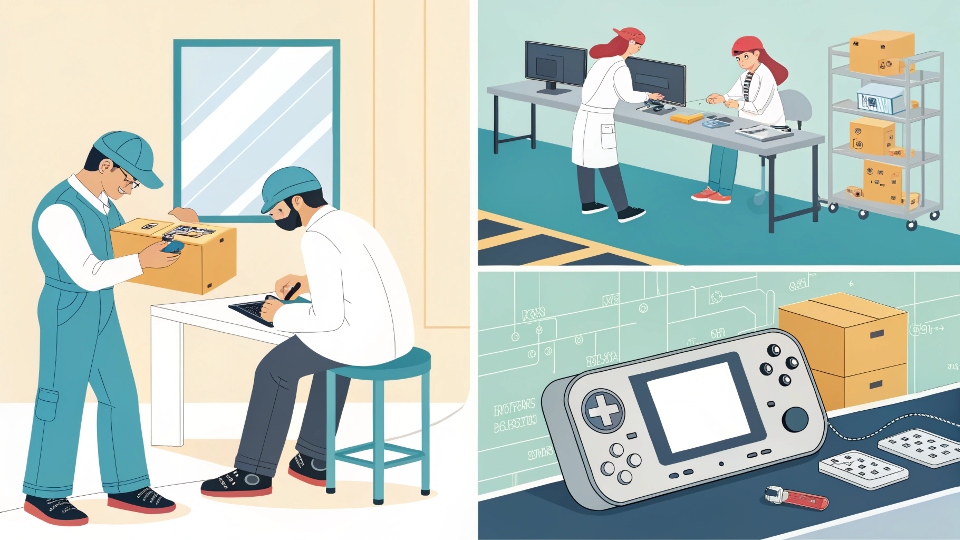
Step-by-Step Process
- Market Research
Companies study what gamers like. They look at trends, graphics power, and pricing. - Concept Design
Engineers draw ideas for the console’s look and tech specs. - Prototype Testing
A small version is built to check if it works. Issues like overheating are fixed. - Mass Production
Factories make thousands of consoles daily. Each part is assembled carefully. - Quality Control
Every console is tested before sale. Broken units are removed. - Shipping & Sales
Consoles are sent to stores or sold online with marketing campaigns.Cost vs. Performance
Big companies must balance power and price. Too expensive? Gamers won’t buy it. Too weak? Nobody wants it. Here’s how they decide:
- Budget Consoles – Lower cost, weaker hardware (Example: Nintendo Switch)
- Mid-Range – Good performance for the price (Example: Xbox Series S)
- High-End – Best graphics, higher cost (Example: PlayStation 5 Pro)
How to start a video game console company?
Starting a console business is risky, but it can succeed with the right plan.
First, research the market deeply. Then find funding, design a unique console, and partner with game developers. Finally, sell to the right audience.

Challenges for New Companies
Making a new console is hard because:
- Competition – Sony, Microsoft, and Nintendo dominate the market.
- High Upfront Cost – Manufacturing requires millions.
- Game Support – If no big games work on your console, nobody buys it.
What Can You Do Different?
To succeed, a new company must offer something unique:
- Cloud Gaming (Like Xbox Cloud) – No need for expensive hardware.
- Modular Consoles – Let users upgrade parts over time.
- Focus on Indie Games – Partner with small developers for exclusive titles.
Funding the Business
Most startups get money from:
- Investors (Venture Capital)
- Crowdfunding (Like Kickstarter)
- Bank Loans (Riskier, but possible)
Selling Your Console
Marketing is key. Use:
- Social media ads
- Gaming influencers
- Trade shows like E3
What is the process to make a video game?
Games and consoles go hand in hand. Without games, a console is useless.
Game development starts with an idea, then coding, design, and testing. Good games match the console’s hardware for the best experience.
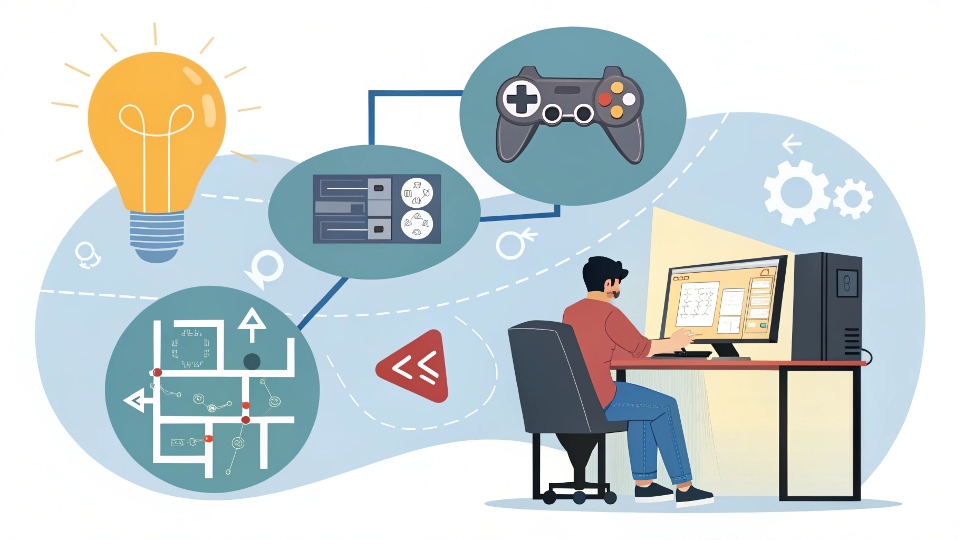
Steps to Build a Game
- Concept & Story
Writers and designers create the game’s world and rules. - Art & Design
Characters, levels, and graphics are drawn by artists. - Programming
Developers write code to make the game run smoothly. - Testing
Testers find bugs and report them before release. - Optimization
The game is tweaked to run well on consoles.Console-Specific Challenges
Game devs must adjust for:
- Hardware Limits – Weak consoles can’t run ultra-realistic graphics.
- Controller Input – Games must feel good with a console gamepad.
- Loading Times – SSDs help, but slow hard drives need smart game design.
Conclusion
Making a game console takes skill, money, and a solid plan. Companies balance performance and cost, test prototypes, and market well to succeed.
You may also be interested in:

Is it bad to give your child a game console as a gift?
Many parents worry about buying game consoles for kids. They fear it might harm their development. But is this fear justified? Let us explore the

Offline Game Console Sales in 2025: Why Brick-and-Mortar Still Matters
Introduction While online sales are projected to account for 52.7% of global gaming console purchases in 2025, offline retail remains indispensable—especially for hands-on experiences, instant
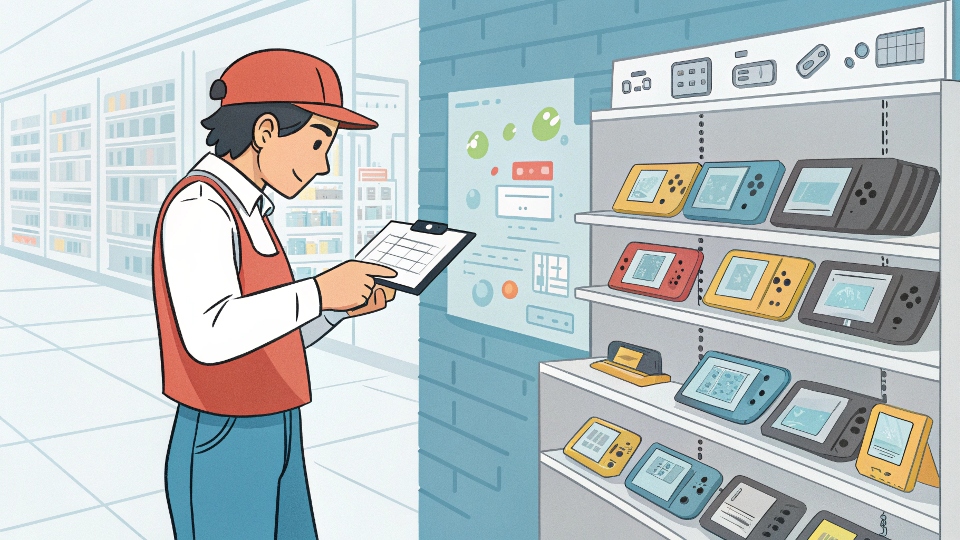
How to Choose the Right Wholesale Handheld Game Console for Your Store?
Starting a gaming retail business is exciting, but stocking the wrong consoles can lead to financial losses and unhappy customers. The key lies in smart
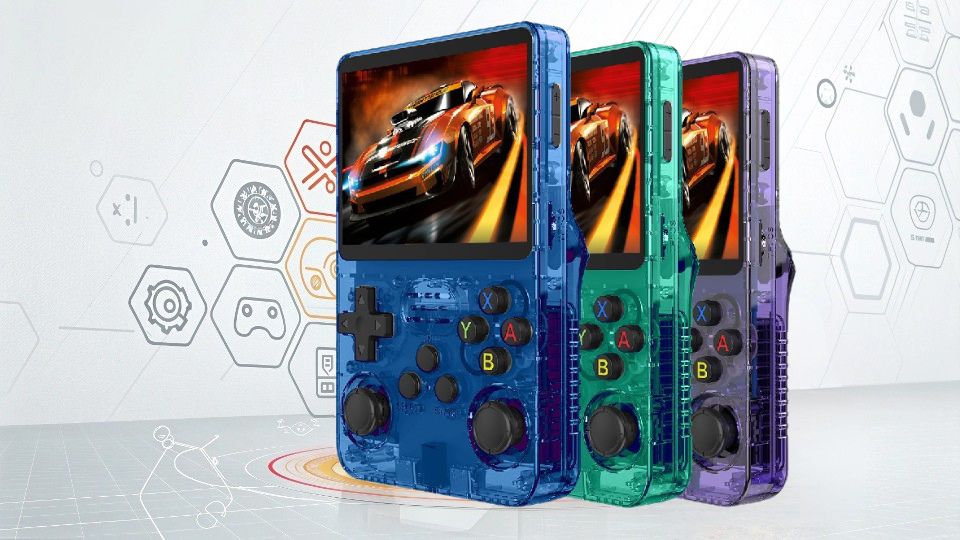
Why R36S Is a Profitable Choice for Game Consoles Distributors?
Retro gaming is booming, but finding affordable, high-quality handhelds is tough. Distributors need products that sell fast and deliver profits. The R36S solves both problems.
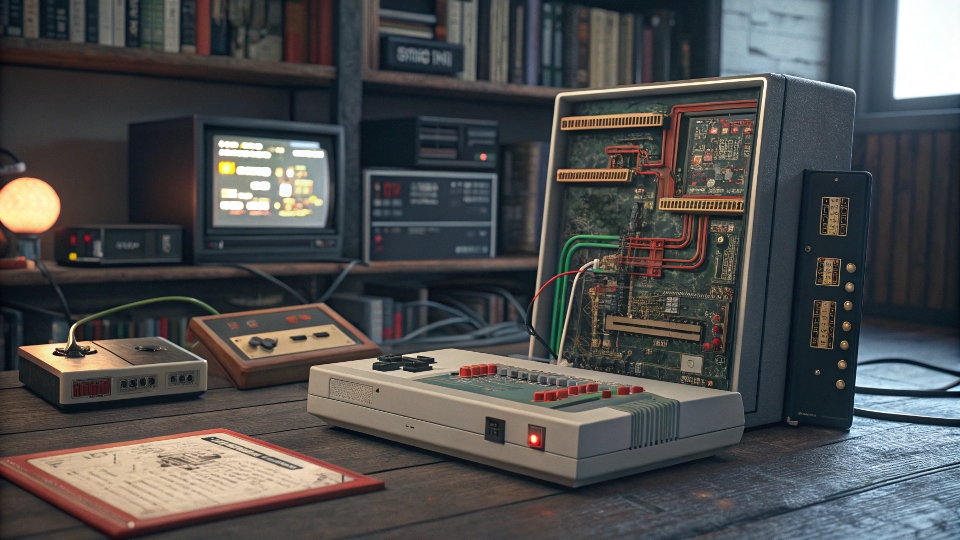
What are the most difficult video game consoles to emulate?
Old game consoles refuse to die. Gamers keep them alive through emulators. But some consoles fight back harder than others against being copied in code.

The Business Advantage of Selling Video Games in Your Store
Video games are no longer just a hobby. They are a booming industry that can bring real profits to your store. But how can you





